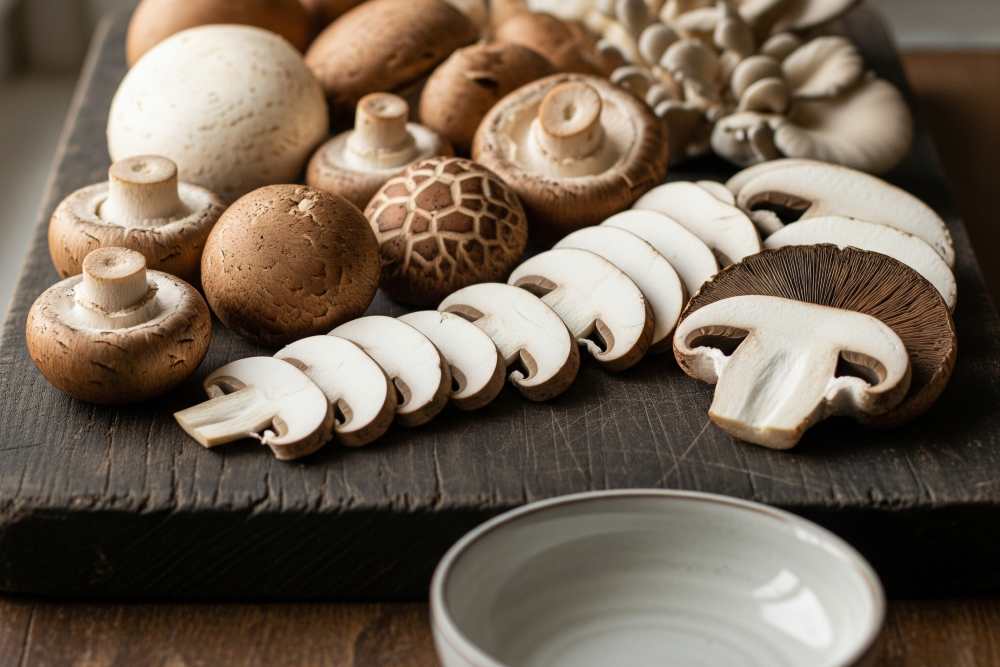Eating raw mushrooms is a topic of both culinary interest and health caution. Some varieties are safe and even delicious when uncooked, while others can be toxic or difficult to digest without proper cooking.
With plant-based eating and raw food trends gaining traction, more people are treating mushrooms like just another veggie. But fungi aren’t plants. They occupy their own biological kingdom, and that’s not just a classification—it changes everything about how they interact with our bodies.
Let’s start by getting one thing straight: yes, some mushrooms can be eaten raw—but that doesn’t mean you should.
The Truth About Eating Mushrooms Raw
Mushrooms aren’t like cucumbers or carrots. Their cell walls are made of chitin, the same substance you’ll find in shellfish exoskeletons. Human digestive enzymes aren’t designed to break chitin down efficiently, which means that when you eat raw mushrooms, a significant portion of their nutrition stays locked inside, passing through your system unused.
But the real issue isn’t just digestibility—it’s chemical.
Several mushrooms, including the popular Agaricus bisporus (that’s your everyday white button, cremini, and portobello), contain a naturally occurring compound called agaritine. It’s a hydrazine derivative, and while it’s still under study, agaritine has shown genotoxic properties in lab models. Heat significantly reduces its presence—sometimes by up to 90%—making cooked mushrooms the far safer option.
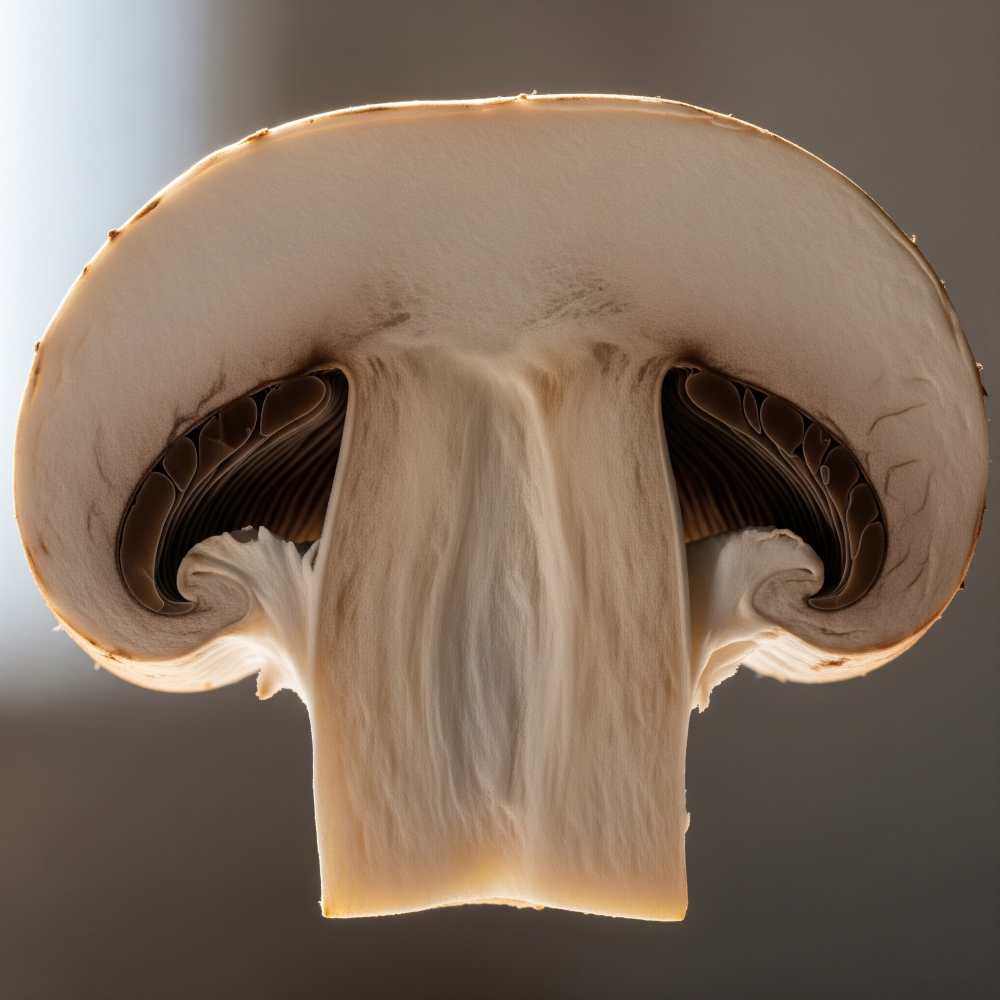
Beyond that, the mild flavor of raw mushrooms can be deceptive. Some compounds, like lectins and oxalates—often reduced by cooking—can act as anti-nutrients or mild irritants when left intact. These may not be dangerous in small doses for healthy adults, but for people with gut sensitivities, kidney issues, or autoimmune concerns, raw mushrooms can cause real discomfort.
So yes, raw mushrooms can be eaten. But the body isn’t fully equipped to make the most of them in that state, and in some cases, you’re ingesting more risk than reward.
What Are The Risks of Raw Mushrooms?
Here’s where things get serious. If you’re planning to eat raw mushrooms, you should know exactly what you’re risking—not in theory, but in practice.
First, let’s talk about microbes. Mushrooms are grown in moist, organic substrates, often involving compost, wood pulp, or straw. While food-grade varieties are tightly controlled, they’re still vulnerable to contamination—Listeria monocytogenes, E. coli, and Salmonella have all been linked to raw mushroom handling in past outbreaks. Cooking, of course, dramatically reduces this microbial load.
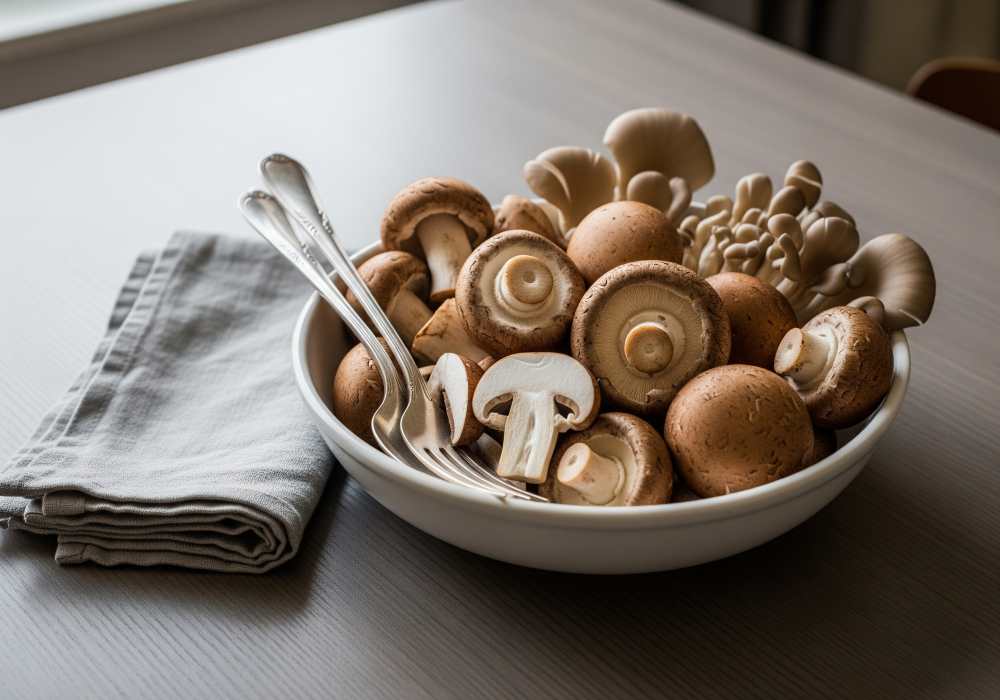
Next up: chemical defenses. Many edible mushrooms evolved mild toxins as a natural defense mechanism against animals. In raw form, these compounds—including hydrazines, formaldehyde derivatives, and other reactive molecules—can stay active. One particularly sneaky example? Flammulina velutipes (enoki mushrooms). Often eaten raw in Asian salads, this variety was at the center of a multi-state Listeria outbreak in the U.S., which led to multiple fatalities. That wasn’t due to the mushroom itself but to post-harvest contamination, highlighting just how risky raw consumption can be without sterile handling.
There’s also the issue of toxic load over time. While a single raw mushroom won’t put you in the hospital, chronic exposure to compounds like agaritine and formaldehyde (naturally present in trace amounts in some mushrooms) raises long-term questions. Animal models suggest potential links to carcinogenicity, though human evidence is still under review.
Let’s not forget individual risk profiles. If you’re immunocompromised, elderly, pregnant, or feeding children, raw mushrooms should be off the menu entirely. The immune system isn’t designed to gamble with semi-processed fungal compounds.
Bottom line? Raw mushrooms aren’t “poisonous” in the traditional sense. But they come with enough baggage—microbial, chemical, and structural—that you need to think twice before popping them in your mouth uncooked.
Raw vs. Cooked Mushrooms
You might assume raw mushrooms are the healthiest because they’re untouched by heat. But when it comes to fungi, the nutritional equation isn’t that simple.
Cooking mushrooms doesn’t “kill” their nutrients—it unlocks many of them. Take ergothioneine, a powerful antioxidant unique to fungi. While present in raw mushrooms, it’s far more bioavailable after exposure to heat. The same goes for polyphenols and carotenoids—compounds known for their anti-inflammatory and neuroprotective effects.
Then there’s the matter of B vitamins—especially B2 (riboflavin), B3 (niacin), and B5 (pantothenic acid)—which mushrooms are naturally rich in. Cooking makes these more digestible and easier to absorb, especially when cell walls (made of tough chitin) are softened. Minerals like potassium and selenium also become more accessible after cooking.
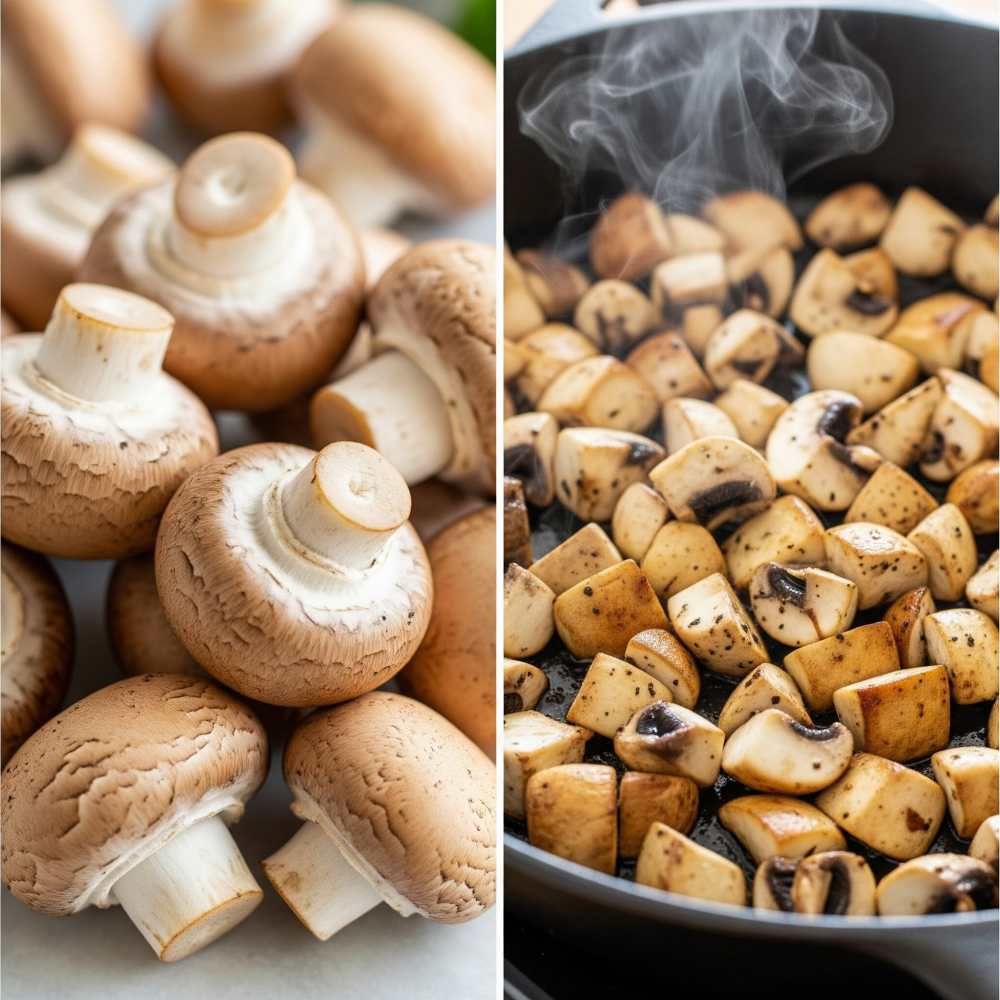
On the flip side, cooking does slightly degrade vitamin C and a few delicate enzymes. If you’re chasing those benefits, raw mushrooms do retain more of these, though, frankly, mushrooms are not a major vitamin C source to begin with.
What’s often overlooked is how cooking reduces anti-nutritional factors. Lectins, oxalates, and phytates can interfere with mineral absorption and irritate the gut lining. Heat breaks many of these down, making cooked mushrooms easier on the digestive system and more nutrient-dense per calorie.
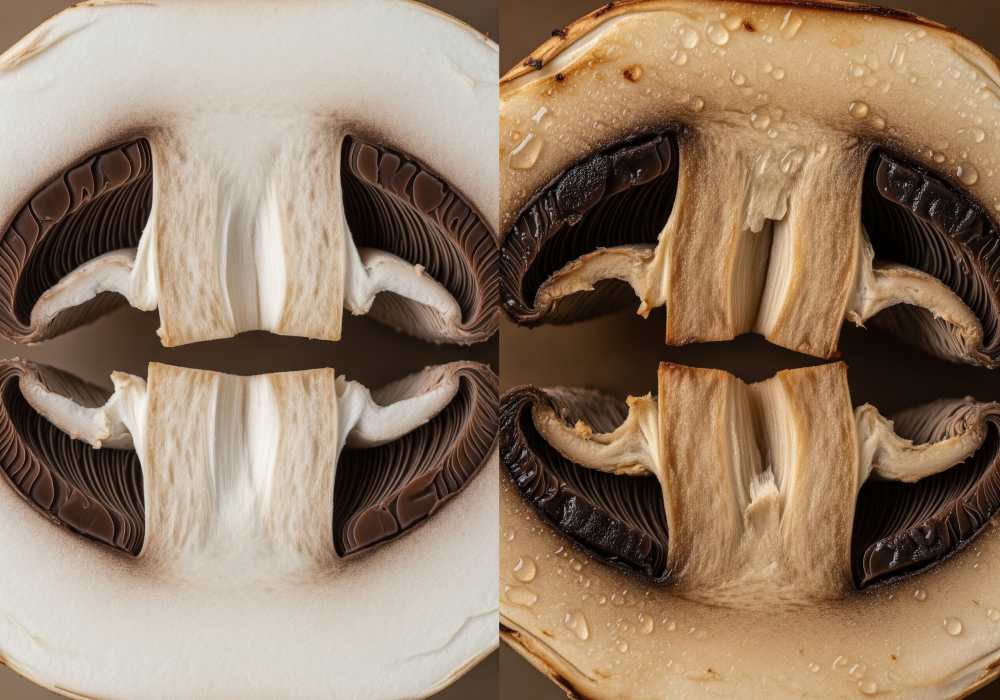
So here’s my take: if you’re trying to squeeze every nutritional drop out of your mushrooms, sautéing or roasting them lightly—without drowning them in oil—is the smarter move. You’ll lose a little, but you’ll gain much more.
Mushroom Varieties You Can Eat Raw (With Care)
Alright, now to the part most people are curious about: which mushrooms can you eat raw without inviting trouble? The list isn’t long, and even with these varieties, moderation and preparation matter.
Let’s start with the most common:
- White Button: Technically edible raw and frequently found sliced in supermarket salads. But remember, it contains agaritine, a compound with questionable long-term safety. I’ll eat them raw occasionally, but always in small amounts and only when fresh.
- Cremini and Portobello: These are more mature versions of white buttons, meaning they carry the same chemical risks, sometimes in higher concentrations. Raw portobellos also contain guanylhydrazines, which can convert into potentially harmful substances if not cooked.
- Oyster Mushrooms: Technically edible raw, and many chefs use them, shaved thin in upscale salads. But they’re fibrous, so if you eat them uncooked, slice them razor-thin and consider marinating them in lemon juice or vinegar to soften them.
- Enoki: Popular in Asian cuisine, their thin stems and delicate caps look perfect for raw consumption. However, they’ve been tied to contamination-related recalls, including a fatal Listeria outbreak in 2020. Always source from trusted producers and wash thoroughly.
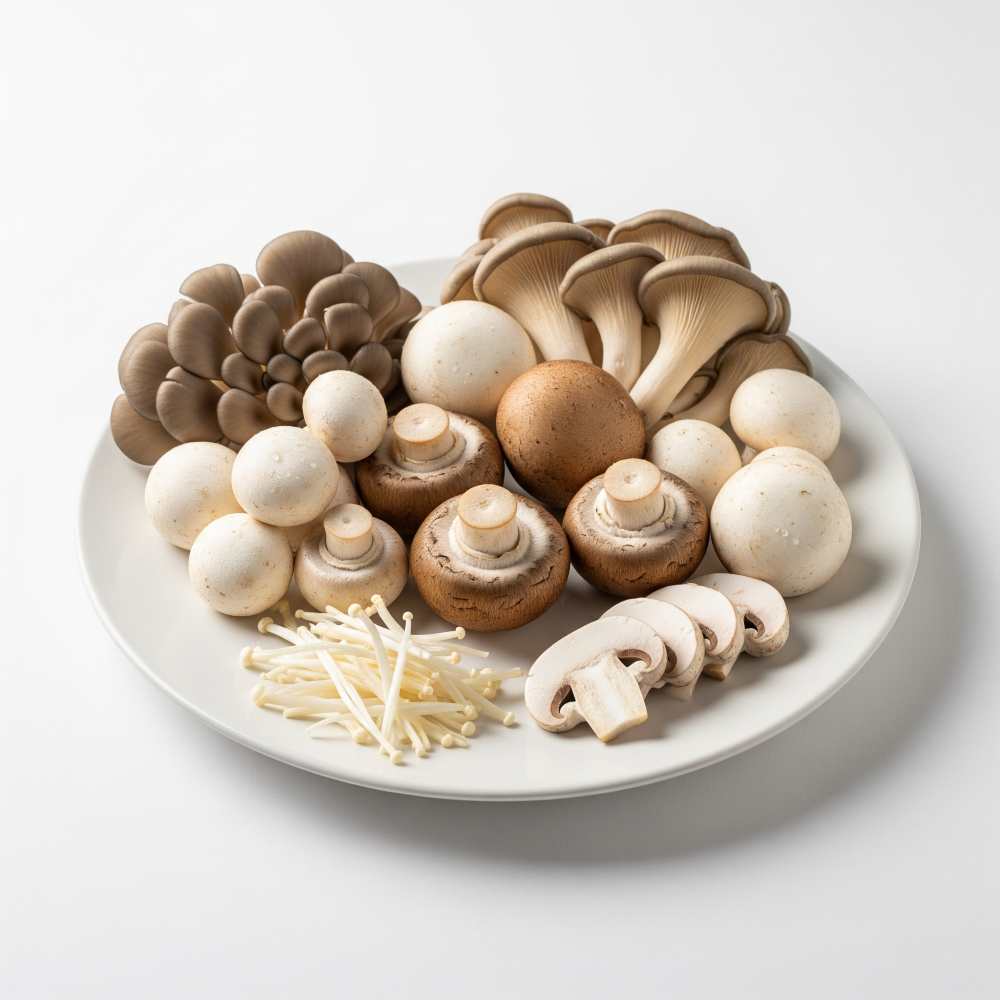
Avoid assuming a mushroom is raw-safe just because it’s edible when cooked. Case in point: shiitake mushrooms. While they’re a staple in stir-fries and soups, eating them raw can cause toxic flagellate dermatitis—a nasty skin reaction caused by the compound lentinan, which cooking deactivates.
Also, always go organic when eating mushrooms raw. Since they absorb environmental contaminants like sponges, pesticide and heavy metal exposure is a bigger issue than it is with other produce.
Even with “safe” varieties, the key is moderation, sourcing, and preparation. Raw isn’t forbidden—it’s just not something to do casually.
checkout our mushroom recipes:
Mushrooms You Should Never Eat Raw
Let’s be crystal clear: some mushrooms should never touch your mouth unless they’ve been thoroughly cooked. Period.
First on that list are the beloved morels. These wrinkled, honeycomb-textured mushrooms may be a gourmet favorite, but raw? They’re laced with hemolysins—toxic compounds that break down red blood cells. Cooking neutralizes these, but even a quick sauté isn’t enough. Morels need to be fully cooked at high temperatures.
Next up: Chanterelles. While technically not poisonous raw, they’re incredibly fibrous and contain thermolabile compounds that can cause gastrointestinal upset. In my experience, they’re utterly unappetizing raw anyway—rubbery and bitter.
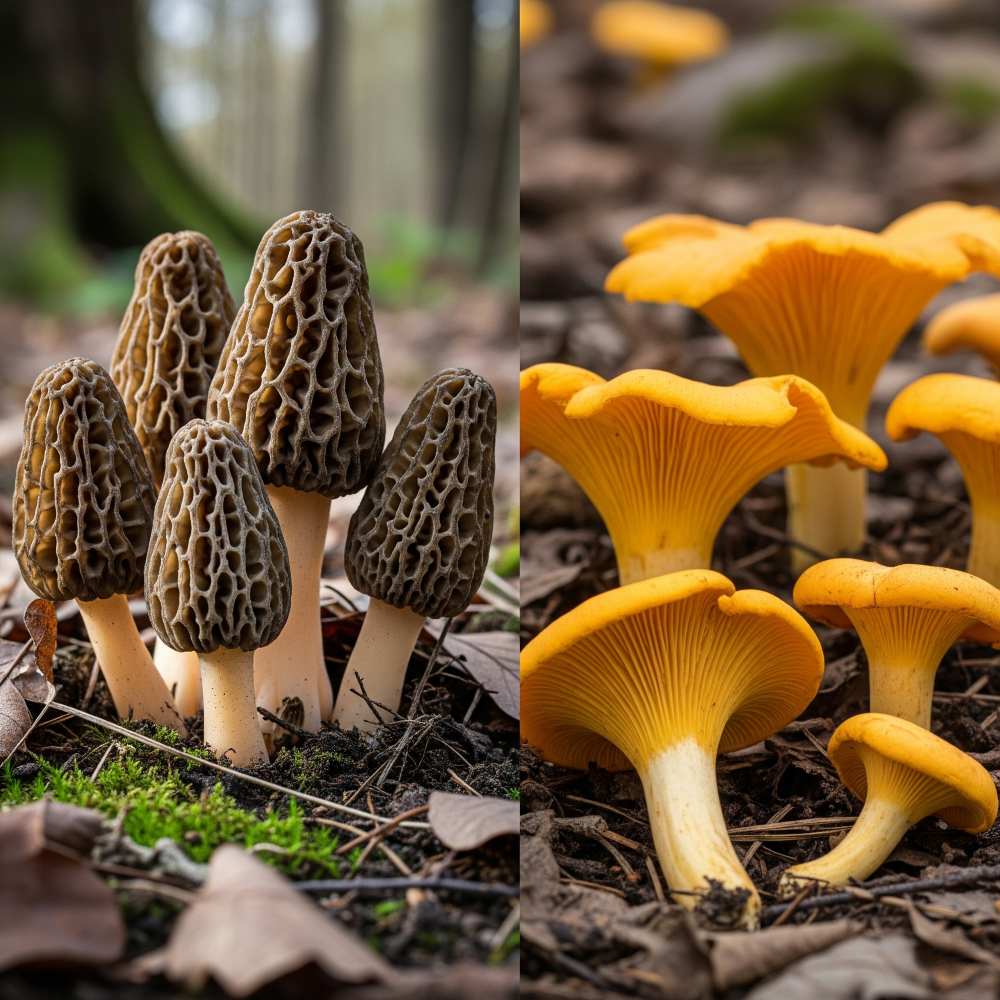
Boletes (especially those with red or blue staining) also fall into this category. While not all are toxic, some contain boletoxin-like compounds that are risky when uncooked. Plus, distinguishing safe species from toxic lookalikes is hard even for trained foragers.
Then you have the wild varieties—Amanita, Gyromitra, and Cortinarius—which you shouldn’t even eat cooked, let alone raw. These contain lethal toxins like amatoxins and gyromitrin, which cooking doesn’t fully remove.
And let’s not forget the hallucinogenic types. Psilocybin mushrooms are sometimes consumed raw recreationally, but their legality aside, they carry significant psychological, neurological, and physical risks that go way beyond culinary safety.
Mushrooms are biochemically complex. Many of them developed toxins as evolutionary defense mechanisms. Heat—specifically cooking—helps deactivate or reduce these compounds. Without it, you’re gambling with your gut, and sometimes your life.
How to Prepare Raw Mushrooms Safely (If You Must)
Let me be upfront: I rarely eat raw mushrooms myself. But if you’re determined to, there are ways to reduce the risk. However, you’ll never eliminate it entirely.
First: Clean, don’t soak. There’s a myth that mushrooms become waterlogged if washed. That’s outdated. A quick rinse under cold running water, followed by immediate drying with a clean towel and salad spinner, is your best bet. You must remove surface contaminants, especially dirt, spores, and possible bacteria, from growing substrates.
Brushing dry with a cloth or soft brush? That works only if you’re dealing with spotless gourmet mushrooms from a top-tier grower. Otherwise, wash them briefly but thoroughly.
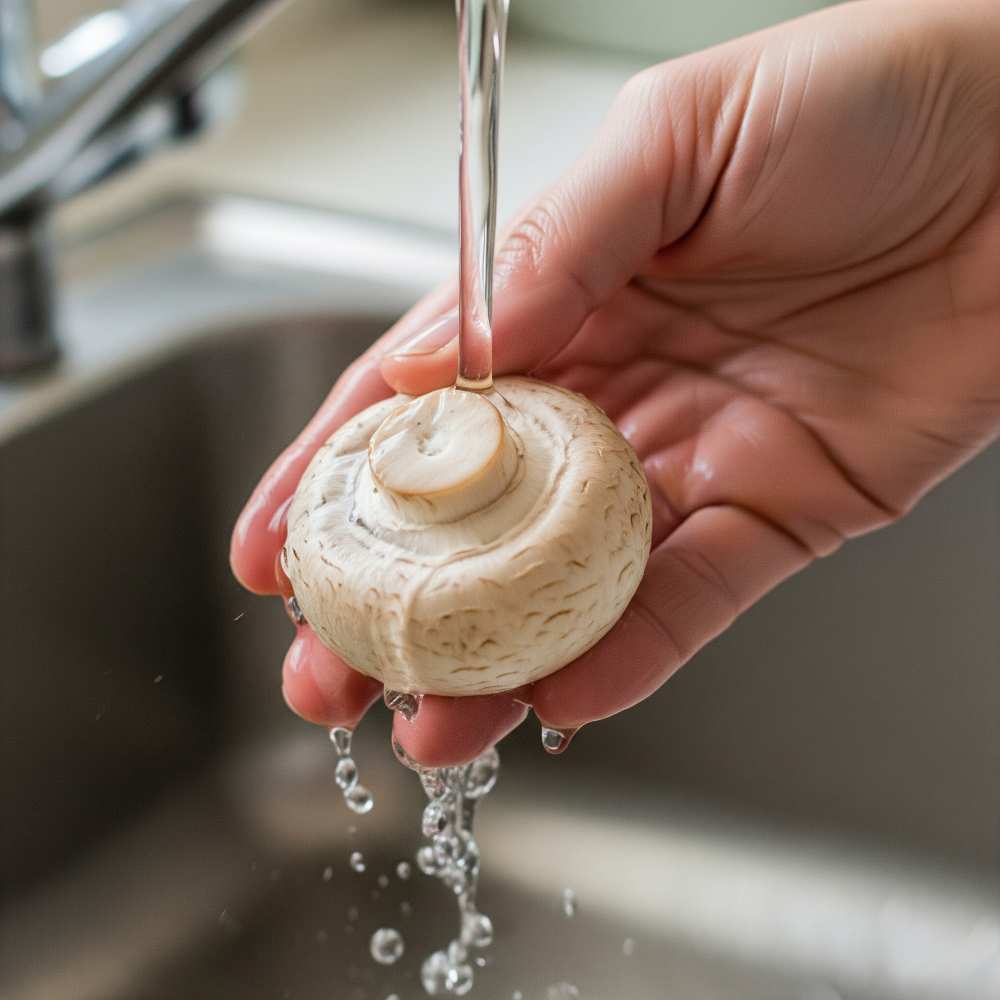
Second: Slice them thinly. Mushrooms have dense cellular structures due to their chitinous walls, which are tough to digest. Thin slicing increases surface area and helps your digestive system do its job more efficiently.
Third: Use acid to your advantage. Lightly marinating raw mushrooms in lemon juice or apple cider vinegar can help reduce microbial load and mildly denature some of the surface proteins. This won’t remove all toxins or kill pathogens, but it’s better than eating them bone-dry. This method also improves texture and flavor.

Finally, store them properly. If you prepare raw mushrooms, don’t let them sit at room temperature. Keep them refrigerated in an airtight container and eat them the same day. Raw mushrooms are highly perishable and prone to microbial growth if left out, even for a few hours.
In short: if you’re going to eat raw mushrooms, treat them like sushi-grade fish—fragile, risky, and deserving of careful handling.
Is It Really Worth Eating Them Raw?
Raw mushrooms aren’t immediately dangerous for most people, but eating them raw is more of a culinary shortcut than a nutritional strategy.
There are a few upsides. Raw mushrooms offer a unique textural contrast—snappy, clean, and slightly nutty. They retain trace amounts of vitamin C and enzymes that degrade with heat. And for some people, especially those who enjoy minimalist salads or raw food diets, they offer convenience.
The truth is: cooking mushrooms makes them safer, more flavorful, and more nutritious. You caramelize natural sugars, enhance umami through Maillard reactions, and break down anti-nutrients while boosting absorption of key compounds. That’s not culinary opinion—that’s biochemistry.
So, unless you’re eating raw mushrooms for a specific reason—and even then, in moderation—it’s better to enjoy them cooked.
Final Thoughts
Yes, you can eat certain varieties raw if you clean, slice, and prepare them properly. And for healthy adults eating small quantities on occasion, the risk is minimal. But the benefits? Mostly surface-level. You’re not unlocking their full nutritional potential, and you’re exposing yourself to avoidable risks—digestive, microbial, and chemical.
So the next time you make a salad or graze on a veggie platter, pause before tossing in raw mushrooms. Ask yourself: is it worth the texture if you’re giving up safety and nourishment?
For me, the answer is no. Give me a hot skillet, a dash of olive oil, and five minutes—and I’ll show you why mushrooms were meant to be cooked.
Resources:
Brandenburg, W. E., & Ward, K. J. (2018). Mushroom poisoning epidemiology in the United States. Mycologia, 110(4), 637–641. https://doi.org/10.1080/00275514.2018.1479561
Demorest, H., Hinnenkamp, R., Cook-Shimanek, M., Troeschel, A. N., Yeh, M., Hallett, T. C., Kuai, D., Daniel, J., & Winquist, A. (2024). Outbreak linked to Morel mushroom exposure — Montana, 2023. MMWR Morbidity and Mortality Weekly Report, 73(10), 219–224. https://doi.org/10.15585/mmwr.mm7310a1
Li, H., Tian, Y., Menolli, N., Ye, L., Karunarathna, S. C., Perez‐Moreno, J., Rahman, M. M., Rashid, M. H., Phengsintham, P., Rizal, L., Kasuya, T., Lim, Y. W., Dutta, A. K., Khalid, A. N., Huyen, L. T., Balolong, M. P., Baruah, G., Madawala, S., Thongklang, N., . . . Mortimer, P. E. (2021). Reviewing the world’s edible mushroom species: A new evidence‐based classification system. Comprehensive Reviews in Food Science and Food Safety, 20(2), 1982–2014. https://doi.org/10.1111/1541-4337.12708
Li, H., Zhang, H., Zhang, Y., Zhou, J., Yin, Y., He, Q., Jiang, S., Ma, P., Zhang, Y., Yuan, Y., Lang, N., Cheng, B., Wang, M., & Sun, C. (2022). Mushroom Poisoning Outbreaks – China, 2021. PubMed, 4(3), 35–40. https://doi.org/10.46234/ccdcw2022.010
Llorente-Mirandes, T., Llorens-Muñoz, M., Funes-Collado, V., Sahuquillo, À., & López-Sánchez, J. F. (2015). Assessment of arsenic bioaccessibility in raw and cooked edible mushrooms by a PBET method. Food Chemistry, 194, 849–856. https://doi.org/10.1016/j.foodchem.2015.08.047
Wang, L., Liu, H., Li, T., Li, J., & Wang, Y. (2021). Verified the rapid evaluation of the edible safety of wild porcini mushrooms, using deep learning and PLS‐DA. Journal of the Science of Food and Agriculture, 102(4), 1531–1539. https://doi.org/10.1002/jsfa.11488

